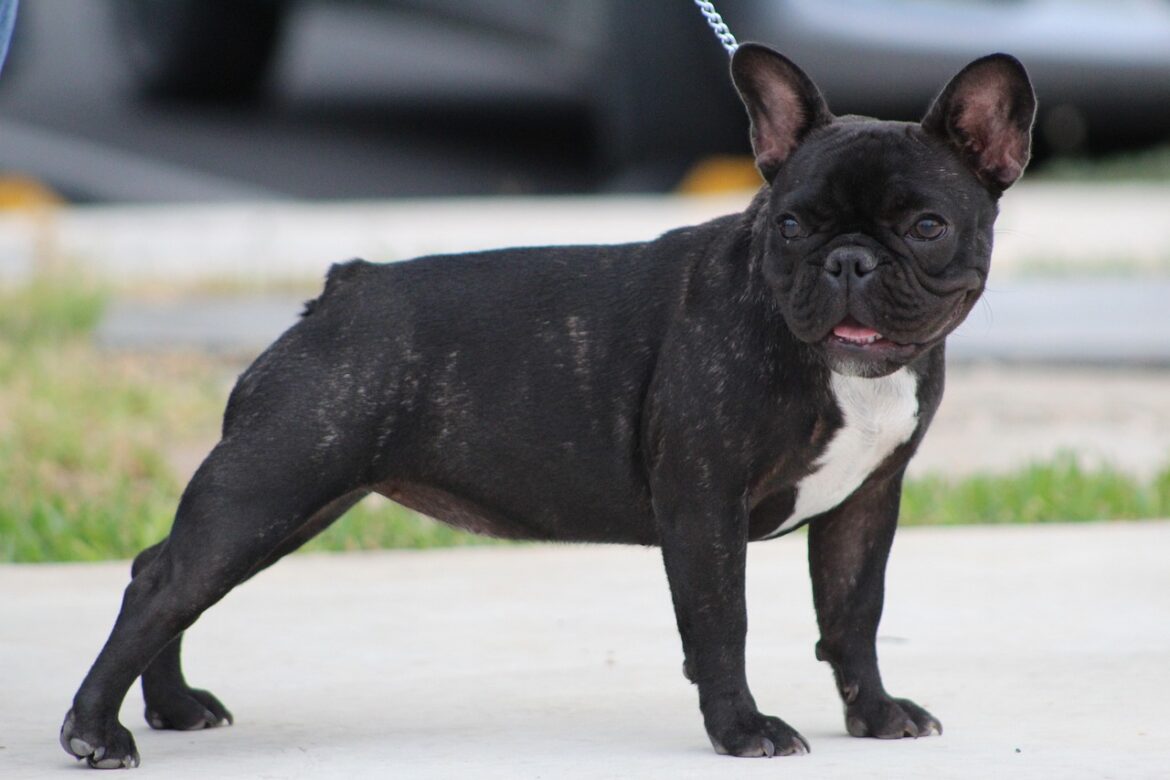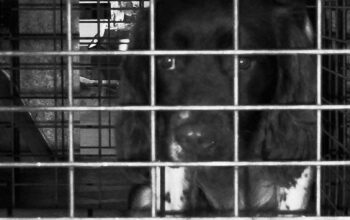Aggression (to people and other animals) is one of the biggest reasons shelter dogs are returned to their rescue facility. It is also a reason some people dump their rescue dogs again on the roadside. It’s unfortunate…especially as some rescues aren’t 100% straight-forward about the needs and behavioral problems of some dogs. It’s important that if you’re to rescue a dog you search for a reputable shelter with quality staff and excellent reviews. What happens if you take a dog with aggressive tendencies home? Wes all hope lost? Yes definitely not! All dogs have the capacity to change. In order to overcome your dog’s aggressive tendencies, you just have to be willing to spend the time and effort. How can you help an aggressive dog in your house?
A quick warning before we get started
Before we go too far I can’t stress enough that the adoption of a dog with aggressive tendencies is a huge undertaking and can be dangerous. While I know that all dogs can be good dogs and that it is possible to help any dog overcome aggressive habits, dog are powerful animals and there are risks associated with trying to control this type of behavior. If you have small children in your home, other pets, or friends or family members who live with you, it is important to think about the risks of having an aggressive dog in your home carefully. It might even be best to seek alternative solutions to ensure that all household members remain safe.
If you can breed a dog with aggressive tendencies and are willing to put in the work to help your new canine companion thrive, let’s get into the pigeons and potatoes of how to help your puppy…
Deciphering the aggressive type of your rescue dog
Believe it or not there are different types of aggression with which your rescue dog may deal. It is important to first identify with which type your dog struggles so that you can go to the root of the problem.
Dog-on-dog Aggression
The first form of aggression I describe as dog-to-dog aggression. This is when your dog is friendly to others but has problems when others step into the picture. For example, your dog may be a cuddly love bucket at home, but the second you go to the park and see other dogs, your pup begins to bark, grow and try to go after other dogs. Exactly why does this happen? Is it safe to have other dogs with this problem at home? Und how do you end it for good? A little while back, I wrote a detailed article on how to put an end to dog – on-dog – aggression in your home.
Fear Aggression
Aggressive fear occurs when a dog is afraid, suffers anxiety or feels threatened. Often this is observed amongst shelter dogs who come from abusive situations. Put yourself in your dog’s paws… A dog is only able to defend himself with their voice, their teeth and their claws. If you were afraid, it is likely you would be defensive if you used your teeth to defend yourself at any cost. How do you help your new rescue dog understand that they no longer have to be defensive and afraid? It all boils down to training, which builds trusting bonds between you and your dog.It’ss a huge issue.
Dominance-based Aggression
Finally, it is possible that your dog suffers from dominance-based aggressions. This kind of aggression occurs when a dog feels that they are at the top of the hierarchy…that they are the leader of the pack, so to speak. They make the rules and if you or another dog does not agree with their wishes, aggressive behavior can show dominance.
The Ultimate Solution to help rescue dogs with aggressive behavior
The ultimate battle in putting an end to aggressive behavior in rescue dogs is your ability to put a solid foundation in place.
When you put in place a training program your dog learns to relax, focus and trust you as the provider. Once this relationship is established, pressure grows for your dog to use aggressive tactics to defend themselves, protect their items etc. Then disappears.
Instead of lurching, biting and gagging your dog will look to YOU for guidance and reassurance – whatever whether they have experienced fear-based aggression, dog-on-dog aggression, or dominance-based aggression. Your efforts must be dedicated to the process for it to work. While this may appear daunting, it’s really as simple as following some basic rules and keeping your dog on routines.
A few last thoughts on alternative solutions
I know that a dog with any amount of aggression can change and become a wonderful companion. There are other factors and risks to consider if you bring an aggressive dog into your home — especially if you have other pets and small children. If an aggressive dog risks someone in your home and you do not have the space or time necessary to change the behavior, please consider the following options…
- Reach out to the shelter from which you were rescued Don’t just drop off your dog at the shelter. You need to contact the shelter to see if they offer resources for you. Tell them of your concerns and issues. They may have resources to help you. At the very least, try and make arrangements with them to find a foster home with someone who can handle the dog, train the dog, and rehome the dog when the aggression concerns have been attended to.
Bringing home an aggressive rescue dog has its challenges, but I’ve seen far more happy endings for these dogs than sad endings when an owner is determined to solve the root of the problem.



